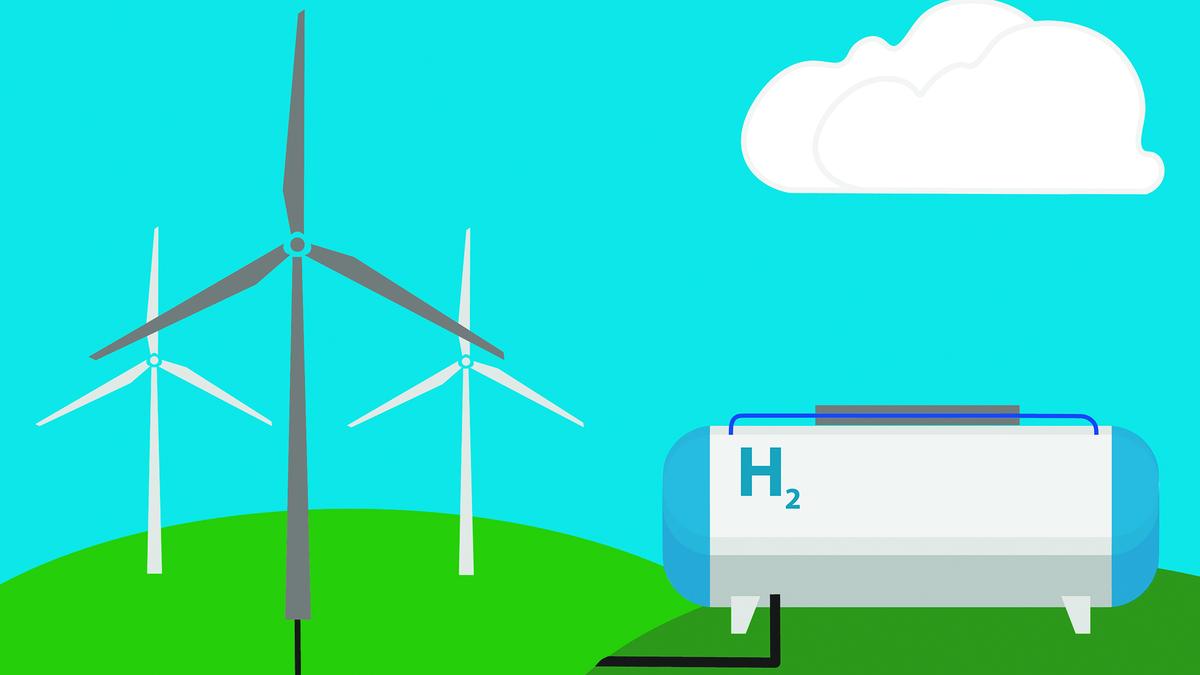Emissions trading systems (ETSs), which creates a market for trading in greenhouse gas (GHG) emissions, offer a transformative opportunity for businesses to align with India’s decarbonisation goals while unlocking economic and competitive advantages. The report, India’s Transition from PAT to CCTS: A Strategic Shift, launched by Environmental Defense Fund (EDF) India explores the transformative potential of India’s move from the Perform, Achieve, and Trade (PAT) scheme to the advanced Carbon Credit Trading Scheme (CCTS). India is progressively transitioning from the PAT scheme, which focused on energy efficiency, to CCTS that broadens the scope to GHG emissions reductions.
The CCTS consists of a compliance mechanism, mandating emissions intensity targets for 9 high-emission industry sectors. It also has an offset mechanism, allowing voluntary emissions reduction projects in sectors like agriculture, transport, and forestry to generate carbon credits. As India’s CCTS evolves, businesses have an unprecedented opportunity to integrate carbon markets into their corporate strategy.

India is planning to launch its CCTS in 2025. According to the report, ETSs have successfully driven emissions reductions across multiple sectors. Studies of 21 carbon pricing schemes indicate reductions between 4 per cent and 15 per cent, even with low carbon prices.
“Emissions from EU ETS covered sectors have reduced nearly by 50 per cent since 2005, while China’s pilot ETSs have reduced emissions by an average of 13 per cent and improved energy efficiency,” the report pointed out. Empirical evidence suggests that ETSs do not negatively impact economic performance and may even improve firm competitiveness, it emphasised. “The EU ETS has increased revenues by around 16 per cent and fixed assets by about 8 per cent for regulated firms without affecting employment or profitability.
In China, pilot ETSs lowered operating costs and improved profitability, particularly for state-owned enterprises,” it added. The report stressed that the design of an ETS significantly impacts corporate performance, influencing business decisions related to emissions reductions, investment in low-carbon technologies, and overall competitiveness. Key ETS design elements include emissions caps and targets, allowance allocation, price management mechanisms, carbon credit permits and policy and regulatory certainty, each of which determines the cost-effectiveness, flexibility, and stability of the carbon market, it added.
India’s CCTS adopts an intensity-based baseline-and-credit system where there will be both a sectoral trajectory and a target for individual entities based on emissions per unit of output. Instead of free allocation and auctioning, CCTS operates on a performance-based mechanism where businesses receive Carbon Credit Certificates (CCCs) only if they outperform emissions intensity targets. It also incorporates a floor price, forbearance price and a future market stability reserve (MSR).
Comments.
Business

Emissions trading system offers corporates to align with India’s decarbonisation goals: Report

India is progressively transitioning from the PAT scheme, which focused on energy efficiency, to CCTS that broadens the scope to GHG emissions reductions














